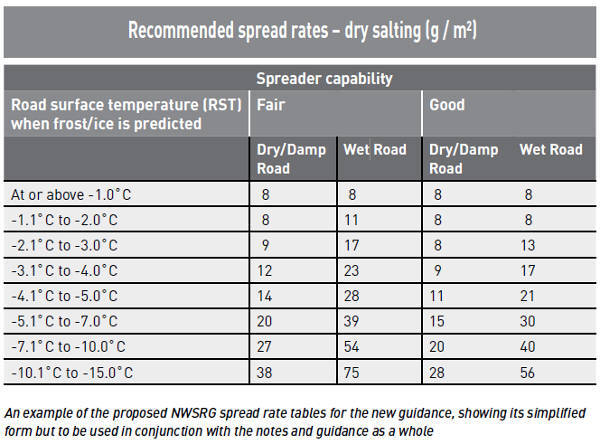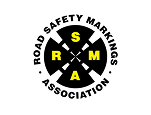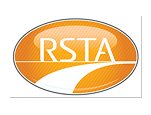Chris Cranston, chair of the National Winter Service Research Group (NWSRG) discusses the guidance we love to hate and where winter service is going next
Hacked-off by Appendix H? If the answer is yes, then this article is for you!
Building on a lot of useful research and practitioner experience, Appendix H made significant strides forward in upping the standard for winter service. However it was not easy to digest, and the spread rate tables challenged the most determined, with spread rate columns from A to L and multiple flow diagrams considering gritter calibration and salt losses.
Simplification
It is important not to throw the baby out with the bath water and the underlying science on which it was based is still sound. The NWSRG has been determined to listen to feedback and in revising the guidance to incorporate a risk-based approach has taken the opportunity to simplify the tables and make the guidance easier to use. For example, the new spread rate tables are planned to include only two columns as opposed to the previous 12.
How is this possible? Firstly, a key decision has now been taken regarding calibration. After some serious reflection and discussion, it was considered inappropriate to consider that a gritter in the ‘poor' category could be considered calibrated.
Any gritter manufactured in accordance with BS 1622 and/or draft Euro Standard prEN 15597-2 and properly maintained can meet the ‘good' standard of calibration, or if just outside these parameters then ‘fair'. If a gritter fails the calibration then it will be for the authority to consider the risks of continuing to use that vehicle and document this accordingly, but it cannot rely on the spread rates contained within the guidance. This eliminates four of the columns.
The Spreader Management section of the new guidance provides details of the calibration criteria, but now removes the requirement for recalibration after four months. Instead it promotes the need to continuously monitor the vehicle and how much salt is being spread, and undertake recalibration if concerns are raised through this monitoring process.
Secondly, a further decision was taken regarding traffic flows. While traffic can affect the amount of salt required, very few authorities can benefit from a whole route being completely in the high flow category. Most authorities may see part of their routes experiencing high flows for peak periods while other parts of the same route cover less well-trafficked roads.
It was decided to consider the worst-case option in the tables and refer to trunk road spread rates for authorities that consider them to be more appropriate. A further four columns removed.
It must however be remembered that, where there is very low or congested traffic, additional salt will be required, and a 25% uplift is recommended.
Finally, the guidance does not now explicitly refer to decision-makers having to consider salt losses when determining the appropriate salt spread rate to utilise, as these losses are now accounted for within the factors relating to traffic flow, thus reducing the remaining four columns to two. The simplification of the spread rate tables has enabled the NWSRG to address another issue.

Spread rates
The previous banding of temperatures into 0 to -2°C, -2°C to -5°C, and -5°C to -10°C gave the impression that step changes in spread rates were potentially required at -2°C and -5°C, and, of course, this is not what the science shows.
It was also considered that, using a risk-based approach, some authorities may wish to use different temperature bands to suit their climates. Therefore, the new tables will show rates in one-degree temperature bands down to -5°C, with additional bands to -7°C and -10°C.
It is anticipated that, as well as making the tables easier to use, this may also result in more efficient salt usage.
A comprehensive section of notes will qualify the spread rates to cover a number of issues including porous asphalt, residual salt, salt purity, and bridge decks. The increase in spread rate relating to wind speed at time of spreading has also attracted attention.
While it is clear that high winds can affect how much salt discharged from a gritter reaches the target area, the wind speed shown in a forecast will generally refer to a height of 10m and enclosed roads with high banks may be less affected than open moorland roads for example.
It is now recommended that authorities should risk assess their network and use their experience to determine whether an increase in spread rate might be appropriate or not.
It is important to recognise that, to use the spread rates provided in the guidance, authorities must monitor and control the moisture content of their salt, and this is easiest if the salt is stored under cover in a permanent or temporary barn structure.
Many authorities have already benefited from the use of better controlled and lower spread rates that the NWSRG has promoted. It is hoped that the simplification of the guidance will encourage more authorities to adopt the recommended spread rates and recognise that additional benefits may potentially be available, in terms of resilience and lower spread rates, by moving to pre-wet or treated salt.
Publication progress
Three sections of the new guidance are now with the UK Roads Board for approval and then will be publicly released. They are Treatment Methods, Salt Storage and Spreader Calibration. The Spread Rates section has now been reviewed and redrafted and is currently out for comment with NWSRG members.
NWSRG guidance is reviewed and produced by working groups made up of members, who voluntarily give up their time, representatives from the winter service industry and the support of technical experts.
The Institute of Highway Engineers has also very kindly offered its publishing service to the NWSRG, free of charge. My thanks go to all who have been involved in the current production of this new guidance.
On 14 September the NWSRG ran its first workshop at the Met Office in Exeter on the proposed new guidance and in particular its application using numerous case studies drawn from the experience of NWSRG members (see Highways October).
The format proved successful with excellent feedback. The NWSRG is planning further workshops next year, free to members and with a charge to nonmembers.
If you are interesting in attending a workshop, or are able to assist with a venue for hosting a workshop for about 50, please email nwsrg@ trl.co.uk and indicate your preference for spring, summer or autumn.
The NWSRG is constantly seeking new members from local authorities to get involved in working groups and comment on guidance before it is published. If you would like more information, email nwsrg@trl.co.uk

























